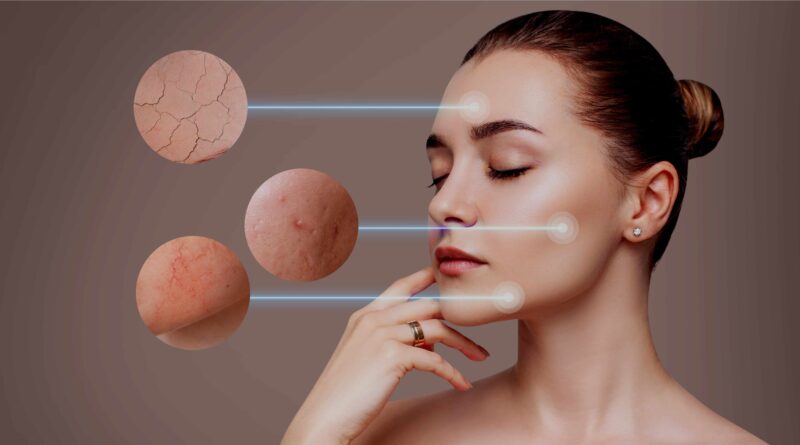Uneven Skin Tone and Texture: Causes and Solutions
Uneven skin tone and texture can be a source of frustration for many individuals. The condition involves irregular pigmentation, roughness, and visible skin imperfections that affect the overall appearance of your skin. While it’s normal for skin to have slight variations in tone, when the unevenness becomes noticeable, it may indicate underlying skin issues that require attention.
Causes of Uneven Skin Tone and Texture
Several factors can contribute to uneven skin tone and texture. The most common causes include:
- Sun Exposure: Prolonged exposure to the sun can lead to hyperpigmentation, which results in dark spots, freckles, and a generally uneven skin tone. UV rays damage the skin, triggering the production of melanin, the pigment responsible for skin color.
- Aging: As you age, skin naturally loses collagen and elasticity, leading to a rougher texture. Fine lines and wrinkles may become more visible, giving the skin an uneven appearance. Additionally, age spots can form due to prolonged sun exposure over the years.
- Hormonal Changes: Hormonal imbalances, such as those experienced during pregnancy, menstruation, or the use of birth control, can cause skin discoloration. Melasma, a type of hyperpigmentation, often occurs due to these hormonal fluctuations.
- Acne Scarring: Acne leaves behind marks and scars that can create an uneven skin texture. Even after the acne clears, the skin may be left with pitted or raised scars that affect its smoothness and appearance.
- Skin Conditions: Conditions like eczema, rosacea, and psoriasis can cause uneven skin texture, with dry patches or red, inflamed areas that disrupt the skin’s overall appearance.
- Lifestyle Factors: Poor diet, dehydration, smoking, and lack of sleep can negatively impact your skin’s health, leading to an uneven complexion. A lack of essential nutrients can impair skin regeneration and contribute to rough skin texture.
Treatment Options for Uneven Skin Tone and Texture
To address uneven skin tone and texture, a variety of treatments are available. The first step in treatment is understanding the cause of the condition. Common treatment options include:
- Exfoliation: Regular exfoliation can help remove dead skin cells, improving texture and brightness. This can be achieved through physical exfoliants like scrubs or chemical exfoliants such as AHAs (alpha hydroxy acids) and BHAs (beta hydroxy acids).
- Topical Treatments: Products containing ingredients like vitamin C, retinoids, or niacinamide can help even out skin tone and improve texture by targeting hyperpigmentation and boosting collagen production.
- Laser Treatments: Advanced treatments like fractional CO2 laser or IPL (intense pulsed light) can help reduce discoloration and improve skin texture by stimulating collagen production and targeting pigment.
- Chemical Peels: Chemical peels remove the outer layer of dead skin, revealing smoother, brighter skin underneath. These treatments can help with both skin texture and tone.
Conclusion
Uneven skin tone and texture can be managed effectively with the right skincare regimen and professional treatments. At Elite Body Home Polyclinic, we offer personalized skin care solutions that address your unique skin concerns. Our experts are dedicated to helping you achieve smoother, more even skin. Visit us today for a consultation!




